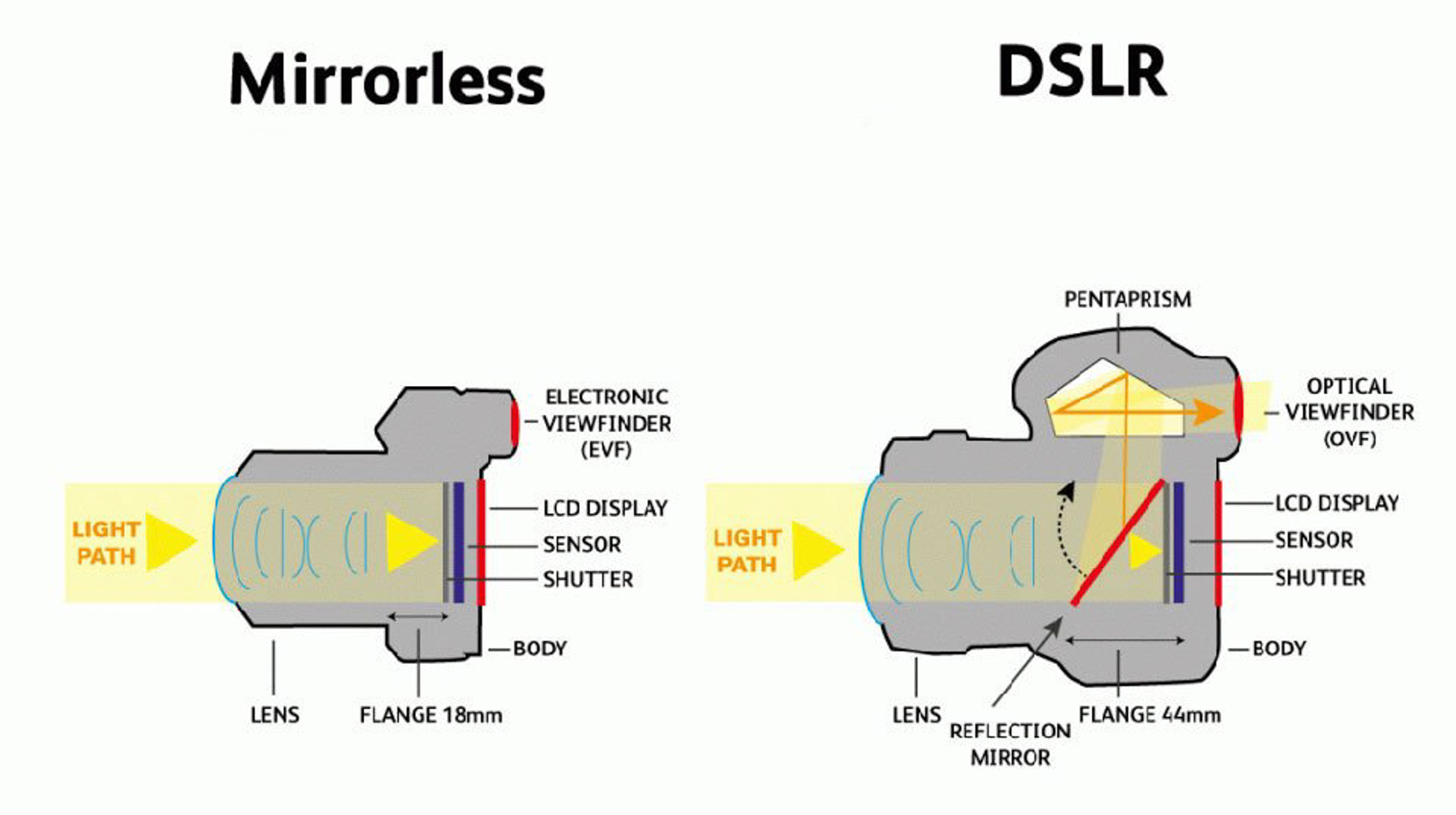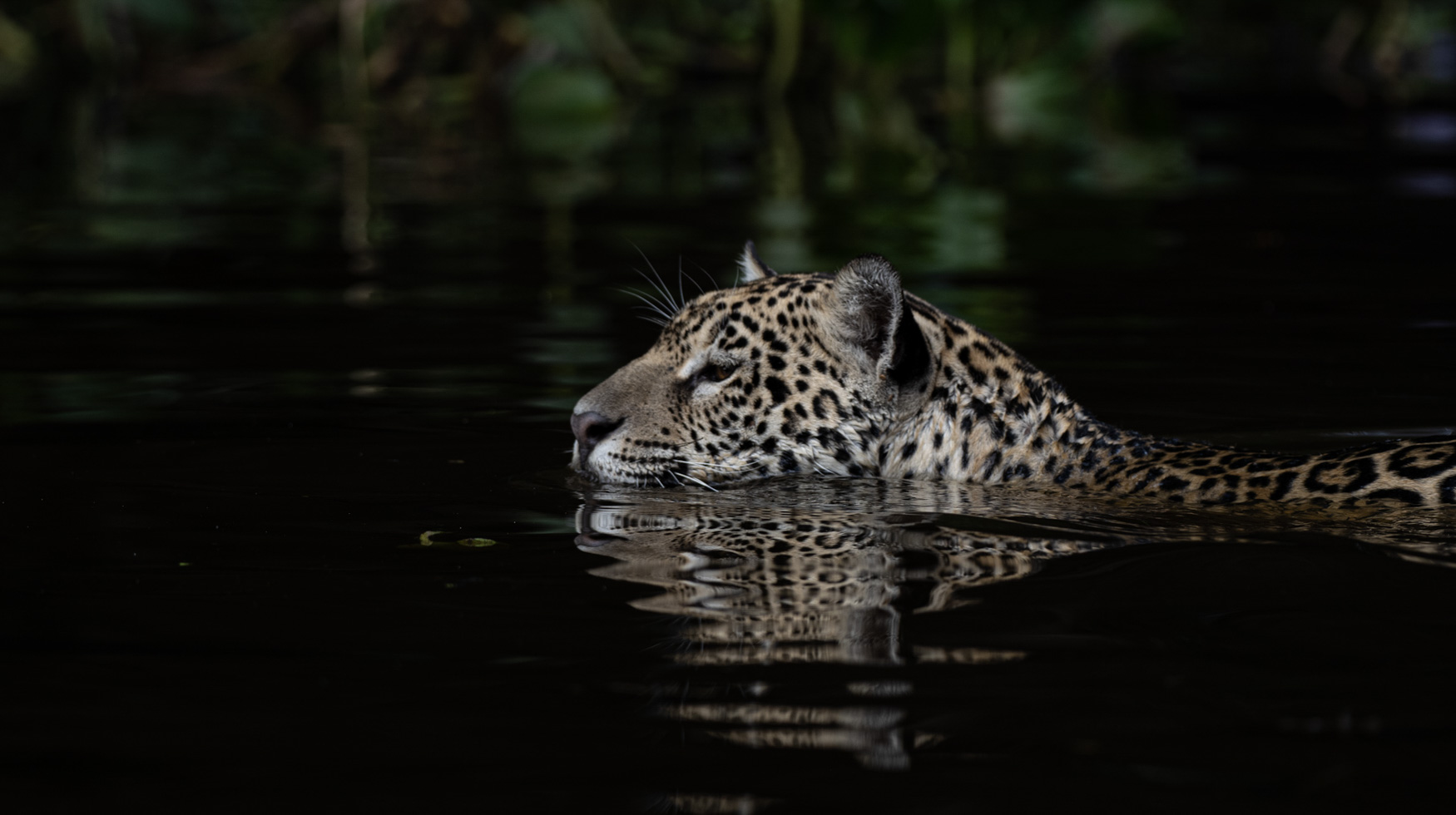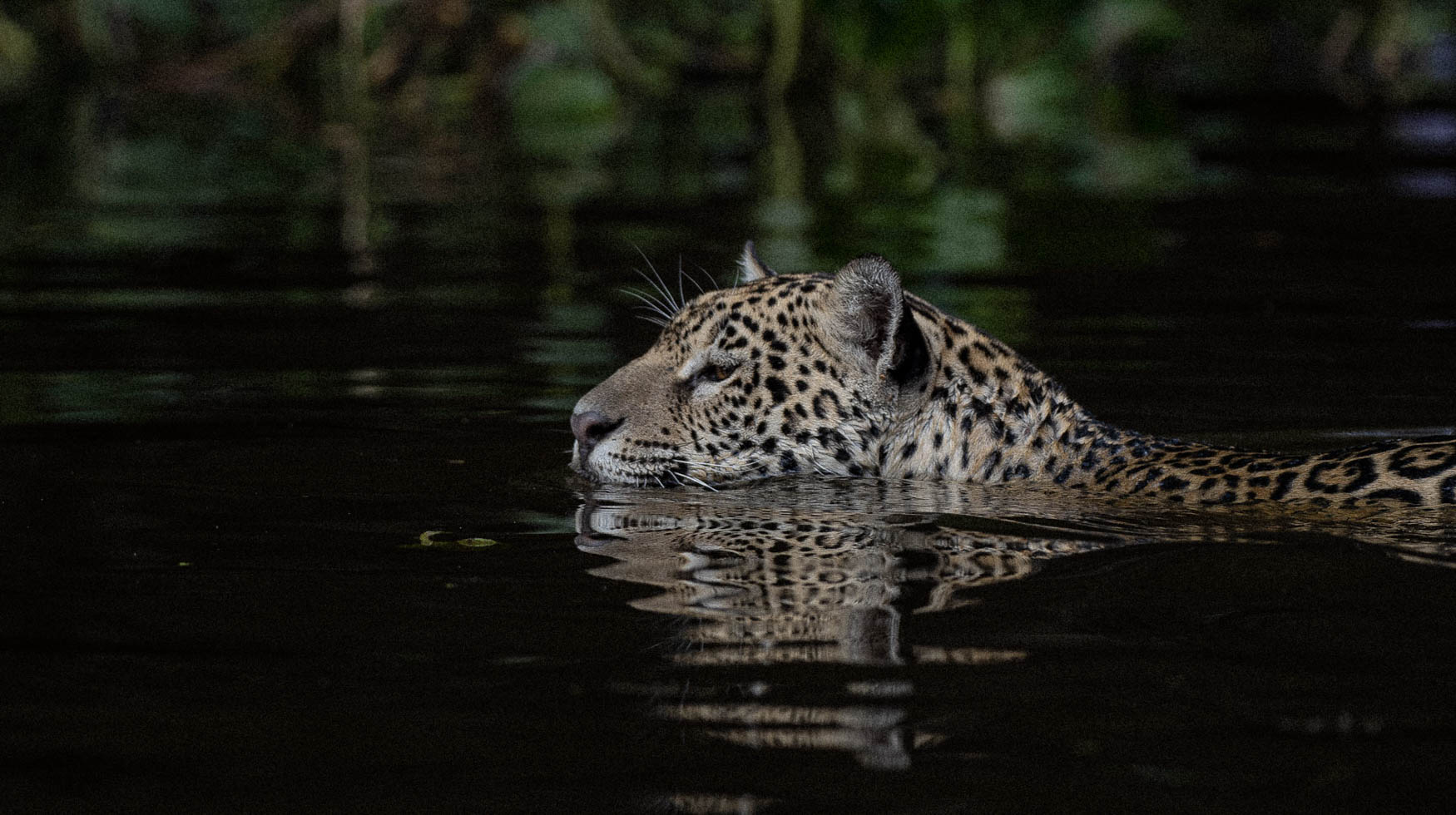Understanding camera sensor technology is very important as this is the backbone of any digital photography system. This small piece of technology plays a crucial role in determining image quality. A camera sensor is a light-sensitive device that captures the light that enters the camera and converts it into an electronic signal. The resulting signal is then processed by the camera’s image processor to create a digital image. It's important to understand that the quality of the image captured by a camera depends not only on the lens but also on the camera sensor.

In order for you to make the right purchase choice and/or to learn more about your camera, let’s take a closer look at camera sensor technology and how it affects image quality and noise.
Sensor Size
The size of a camera sensor has a significant impact on image quality. Larger sensors can capture more light, which results in better image quality. With more light, the camera sensor can produce a higher signal-to-noise ratio. This means that the image will have a higher contrast, better colour accuracy, and reduced noise levels. Furthermore, larger sensors tend to have larger pixels which can further improve image quality by capturing more light and producing a clearer image.
Pixel Count
The number of pixels in a camera sensor is another factor that affects image quality. More pixels mean that the image will have greater detail and resolution, but it also means that the individual pixels will be smaller, which can result in increased noise levels. With smaller pixels, the camera sensor has to amplify the signal more, which increases the noise levels. This is why it's important to balance the number of pixels with the size of the sensor to ensure that the image quality remains high.
Dynamic Range
Dynamic range refers to the range of light levels that a camera can capture and is an important factor in determining image quality. A camera with a high dynamic range will be able to capture both bright and dark areas in a scene without losing detail, while a camera with a low dynamic range may result in an overexposed or underexposed image. Larger sensors typically have a wider dynamic range compared to smaller sensors, as they can capture more light, which results in greater detail in both the bright and dark areas of the image.
Noise
Noise refers to the random variations in colour and brightness that can appear in an image. High levels of noise can reduce image quality and make an image appear grainy. Several factors contribute to noise in camera sensors, including the sensor size, pixel count, and ISO settings. Larger sensors and lower pixel counts can result in lower noise levels, while higher ISO settings can increase noise levels. ISO settings control the sensitivity of the camera sensor to light and higher ISO settings amplify the signal more, which increases the noise levels. It's important to choose an ISO setting that balances image quality with noise levels, depending on the lighting conditions.
Good Quality Image

Low Quality (Noisy) Image

There is more to Full Frame vs Crop Sensors and so feel free to read this blog I wrote as well as more about my personal gear journey here.
With that all read and/or heard, in conclusion, camera sensor technology plays a crucial role in determining image quality and noise levels. The size of the sensor, the number of pixels, dynamic range, and ISO settings are all important factors to consider when looking into purchasing a camera. It’s important to understand these factors and how they impact image quality to make informed decisions when purchasing a camera. By considering these factors as well as your photographic needs, you can ensure that you purchase a camera that will produce the types of images suitable for your photography needs.
Feel free to reach out may you have any questions.
Until then, happy snapping!
